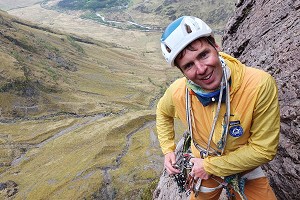
These foam, bicycle-style climbing helmets have now become well established in the market. Made from expanded polystyrene with a thin polycarbonate shell, they provide protection by the foam permanently deforming and absorbing the force of an impact. Compared to the other helmet styles of hard shell and hybrid, foam helmets are generally lighter (less noticeable to wear), often better ventilated (cooler), and usually give better protection from side and rear impact - i.e. the sort of blow that might happen in a fall.
On the downside, they are less durable - eg. can be permanently damaged by small impacts that might not damage a hard shell, and more delicate - more easily damaged by rough treatment eg. during transport to and from climbing. As such, foam helmets are generally considered to be best suited to cragging use, or to climbers for whom weight is most important. The excellent BMC helmet guidebook discusses the benefits and compromises of different helmet styles in detail.
Black Diamond Tracer Helmet reviewed by Paul Lewis
The Tracer I received is grey (also available in blue, orange and white). It is very light (245g for the medium size) and feels significantly lighter when compared in the hand to a hard shell model such as the Black Diamond Half Dome (360g). The construction quality is excellent with typical Black Diamond attention to detail. There's a thumbwheel headband adjuster at the back and the inner has soft foam pads at the top and sides attached with Velcro pads. There are 17 vents and the 6 on the upper sides are covered in mesh. There are also 4 headtorch attachment clips in the corners.
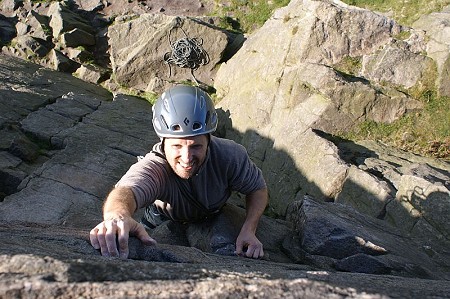
The Tracer is certified to EN 12492 and UIAA 106 standards. The particularly stringent UIAA tests require that the 'force transmitted to the head form as a result of the impact of the falling mass shall not exceed 8 kN for the vertical impact test, for the side impact test, for the front impact test and the rear impact test'. In recent tests conducted for the BMC by Dr Mark Taylor of Leeds University a tested Tracer helmet was found to be comfortably within these parameters. Dr Taylor's results showed a vertical impact of 5.8 kN, front impact of 3.3 kN, side impact of 2.6 kN and rear impact of 3.2kN (many thanks to the BMC for providing this data).
The Tracer I received is a large size (59-63cm) and it's also available in medium (56-60cm) and small (49-57cm). The large fitted me really well and the thumbwheel adjuster is easy to use even with thick gloves. The chinstrap sits comfortably, can be adjusted easily and closes with a quick release buckle. There are two nifty quick release buckles to allow you to adjust the straps forward or backwards. These work really well and offer the best system for this adjustment I've ever seen on a helmet.
"...These work really well and offer the best system for this adjustment I've ever seen on a helmet..."
Initially I thought one of the foam side pads was missing but when I looked it was in the box. The trouble is it had come off very easily and I can see this happening again because the pads are just held on by small Velcro dots. If the pads were missing it would affect the fit considerably so please take care not to lose them! Once fitted the soft side and top pads are comfortable against the head.
The adjustable head cradle has a useful tilt feature that allows it to be set further down around the neck. I found in the tilted position the helmet gripped my head firmly. Having three helmet sizes allows a close fit but doesn't leave much space if you want to wear a hat underneath. I could fit a skinny powerstretch beanie inside but had no chance with a thicker woollen hat.
The vents are large and well spaced. I wore it in Wales in the late summer heatwave and it felt cool and comfortable. In real heatstroke conditions I expect it will be as cool as any others on the market. The top vents are covered in mesh to stop objects falling through. The mesh is tough and bonded into the shell so it should be durable but they are towards the top so might not keep out rain or snow. The headtorch clips are great. They really hold the elastic firmly and it's very unlikely you'd lose your light. They are also very low profile so I've had no problem with them catching on things.
The rear vent is quite large and I saw a female climber who had fed her ponytail through it. I'm not sure this is an intentional design feature but it could be useful for the longer haired climber!
I do feel the helmet looks quite wide (and other friends commented on this too) although it doesn't feel wide in use. The foam thickness is a vital element of the design for shock absorption but I think something like the Petzl Meteor seems thinner at the sides. It's still a good looking lid though.
Conclusion
The Tracer is an excellent helmet. Comfortable, simple, lightweight and effective. The instructions rate it for rock climbing, ice climbing and mountaineering. I prefer a hard shell for ice climbing but that's a matter of personal choice. I am certainly confident it will excel for rock climbing, mountaineering and ski mountaineering. Even better, it's so comfortable maybe more climbers will be tempted to wear one!
PRICE: £70
MORE INFO: On the Black Diamond Website
C.A.M.P. Armour Lady Helmet reviewed by Sarah Flint

I threw the new arrival into my bag and went off to Lundy. I got off the ferry my face the same colour as the helmet – a livid shade of green - and spent the day scaling a sea stack, contemplating the efficacy of the terrapin. Actually I didn't, as I forgot about it – which says everything: It's so light (310g) and comfortable that once it's on it's un-noticeable.
The Armour is a hybrid shell/foam helmet. The crown of the head is cushioned by a thick layer of closed cell foam plus a smaller layer of open cell foam, and the head band is covered in thick padding. Four vents minimise weight as well as produce a cool head, which is very welcome after a season of bad-hair days and a back-breaking rucksack. In the warm September sun I never suffered the sweaty-head look.
When a cruel north wind replaced the sunshine, I found that although it's a bijou helmet, my hood fitted under it. The chin-strap is easily adjustable and a soft cover has been thoughtfully wrapped round it to stop any chance of rubbing. Initially I wasn't impressed by the colour but later, after one of our party had to be snatched off a cliff by helicopter, I thought how easy I would be to spot in similar circumstances (it also comes in a nice shade of blue). I didn't drop any rocks on my head but the moulded thermoplastic shell would give me confidence in all conditions - winter or alpine included.
Summary
I like this helmet – pared-down effective protection in a funky style. My only concern is that in the depths of typical British winter conditions (i.e. sunshine a rarity) it will not be as effective as my half dome Black Diamond in providing a warm and toasty head.
PRICE: a reasonable £50.
MORE INFO: On the CAMP Website
Wild Country Rock Lite reviewed by Viv Scott
"...so the helmet lets in less rain than some other lightweight
helmet designs (you'd never guess WC was a UK based company)..."
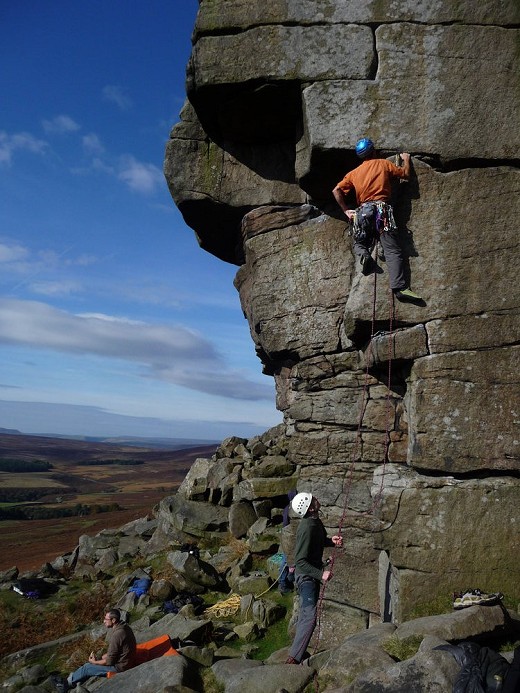
Helmets are a recent addition to Wild Country's product range, with the Rocklite completing their helmet line-up alongside the Alpine Shield and 360 helmet. The Rock Lite is basically the inner helmet of the Alpine Shield, sold as a stand-alone lightweight foam helmet for 'those with a pure rock agenda who want to climb clean, light and clear'. In use, I've found the Rock Lite to be comfortable, lightweight and colourful! The adjustment system uses a single wheel at the back that is very easy to use and adjusts quickly to accommodate hats.
Adjusting the straps for the first time takes a little more effort, but once done the Rock Lite felt secure and solid to wear. The headtorch attachments are very secure, and being low profile against the surface of the helmet, don't seem to snag slings when taking them off from around shoulders. As well as providing structure to the outside, the thin polycarbonate shell is also applied to the inside of the rim, giving a bit more protection to the area which is most vulnerable to damage when the helmet is being carried around.
The helmet has a reasonably low profile so fits easily under a hood. The level of the rim is set so vision isn't restricted (you can't see the helmet when wearing it) and the straps and rim don't touch ears. Truth be told, much of the above can be said about any of the lightweight foam helmets currently on the market. Given that heads come in many different shapes and sizes, some models will inevitably fit individuals better than others so it's best to try a range on if you get the chance.
Personally I found the Rock Lite felt a bit 'chunkier' than the other foam helmets I've used - Petzl Meteor and Black Diamond Tracer - and sat a bit higher on my head, but others may find different. Where the Rock Lite differs most from other designs is in a few details. Firstly, there are no vents on the top of the helmet, they're all on the side or back so the helmet lets in less rain than some other lightweight helmet designs (you'd never guess WC was a UK based company...). Second, instead of using lots of little pads to cushion the inside of the helmet, the Rocklite uses a single large padded structure covered in soft wicking coolmax. This certainly makes the helmet feel a bit more 'luxury', and the coolmax doesn't 'stick' to sweaty hair/skin as much as exposed polystyrene on other models.
Talking of sweat, the padded lining is attached by velcro so it can be removed and washed if desired! The last, and most major difference between the Rocklite and other foam helmets is the possibility to 'upgrade' it by adding the polycarbonate shell 'shield' part of the Alpine Shield. The Rocklite comes with the screw threads needed to fit the shield installed, so the shield can be purchased (SRP = £15) as an add-on at a later date. I guess this feature might appeal most to someone who currently focuses on rock climbing, but thinks that they might at some point give ice or alpine climbing a go and wants to be able to beef up their helmet.
Summary
An excellent, lightweight, comfortable helmet that is as good as anything else on the market with the added bonus of allowing the 'shield' shell to be retrofitted to upgrade the level of protection at a later date.
PRICE: £65
MORE INFO: On the Wild Country Website
More about the authors
More info about the reviewers and their past reviews can be found on their UKC Profiles:

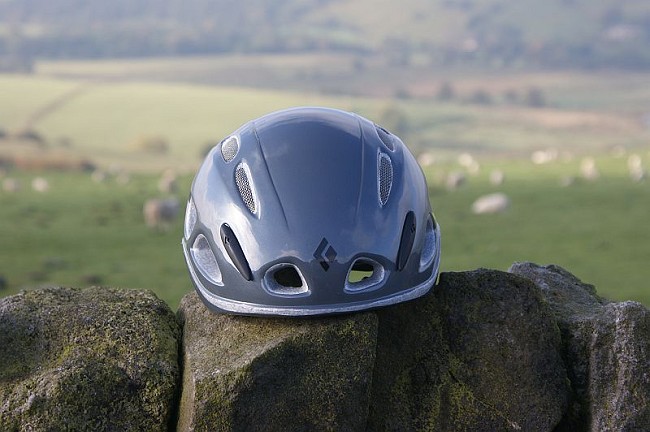
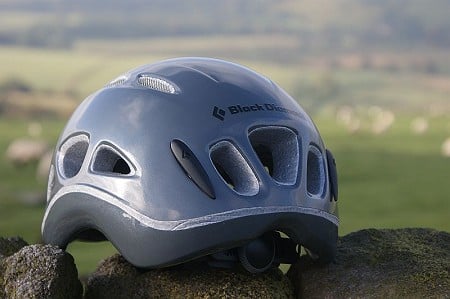
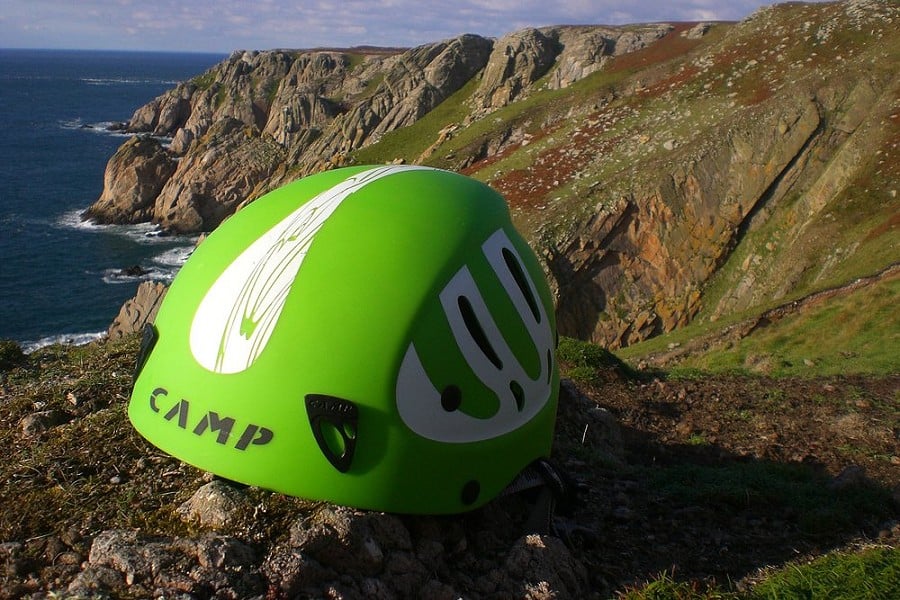

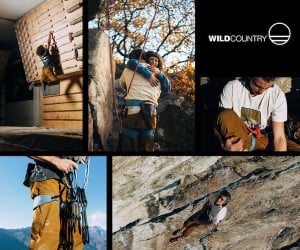

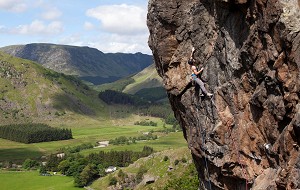
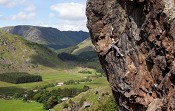
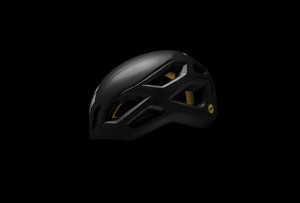
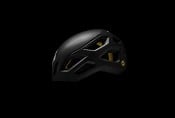
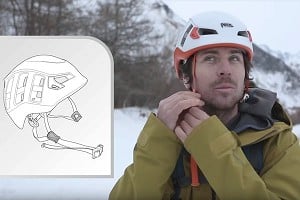
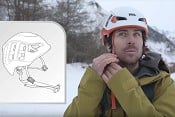
Comments